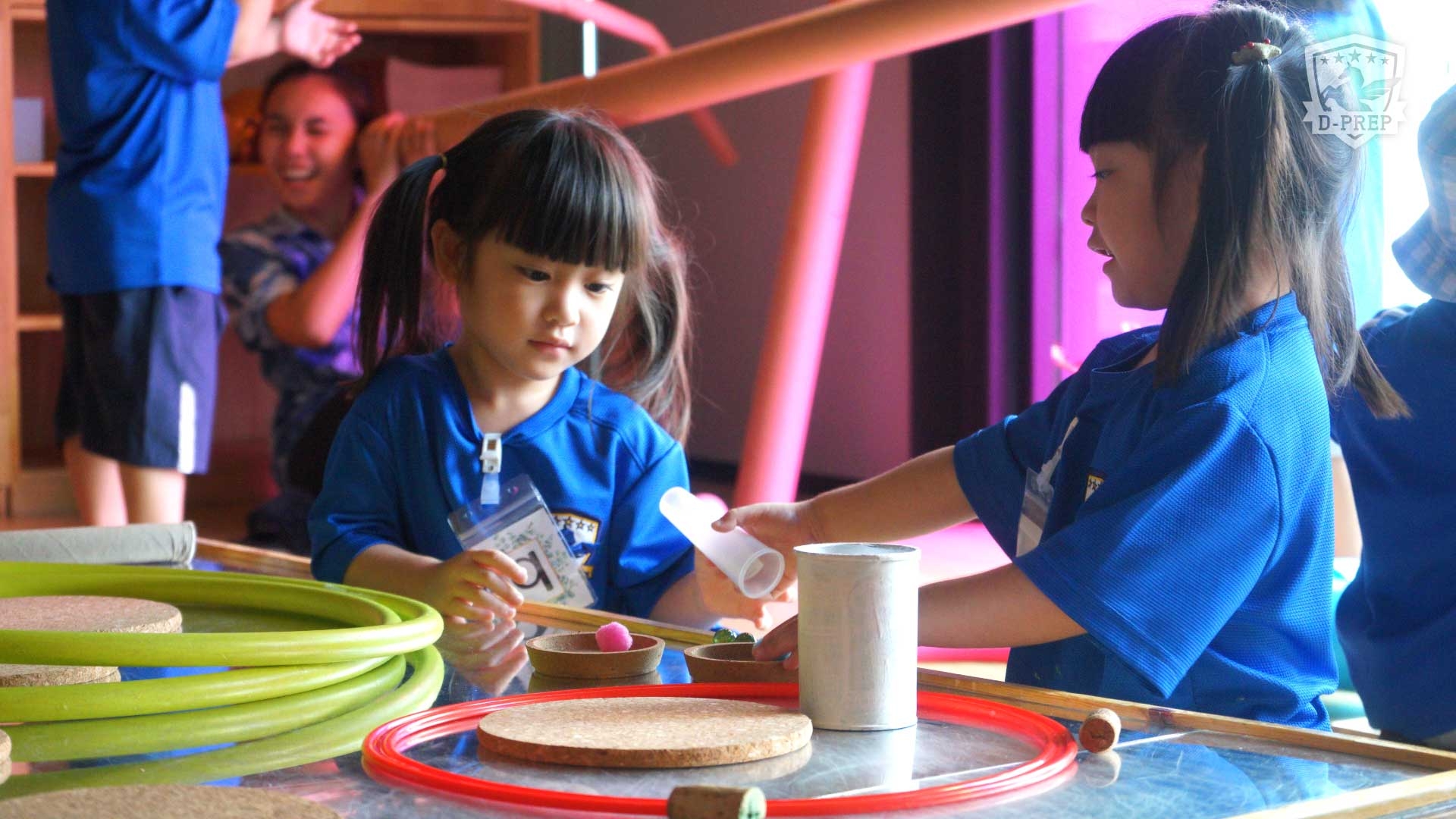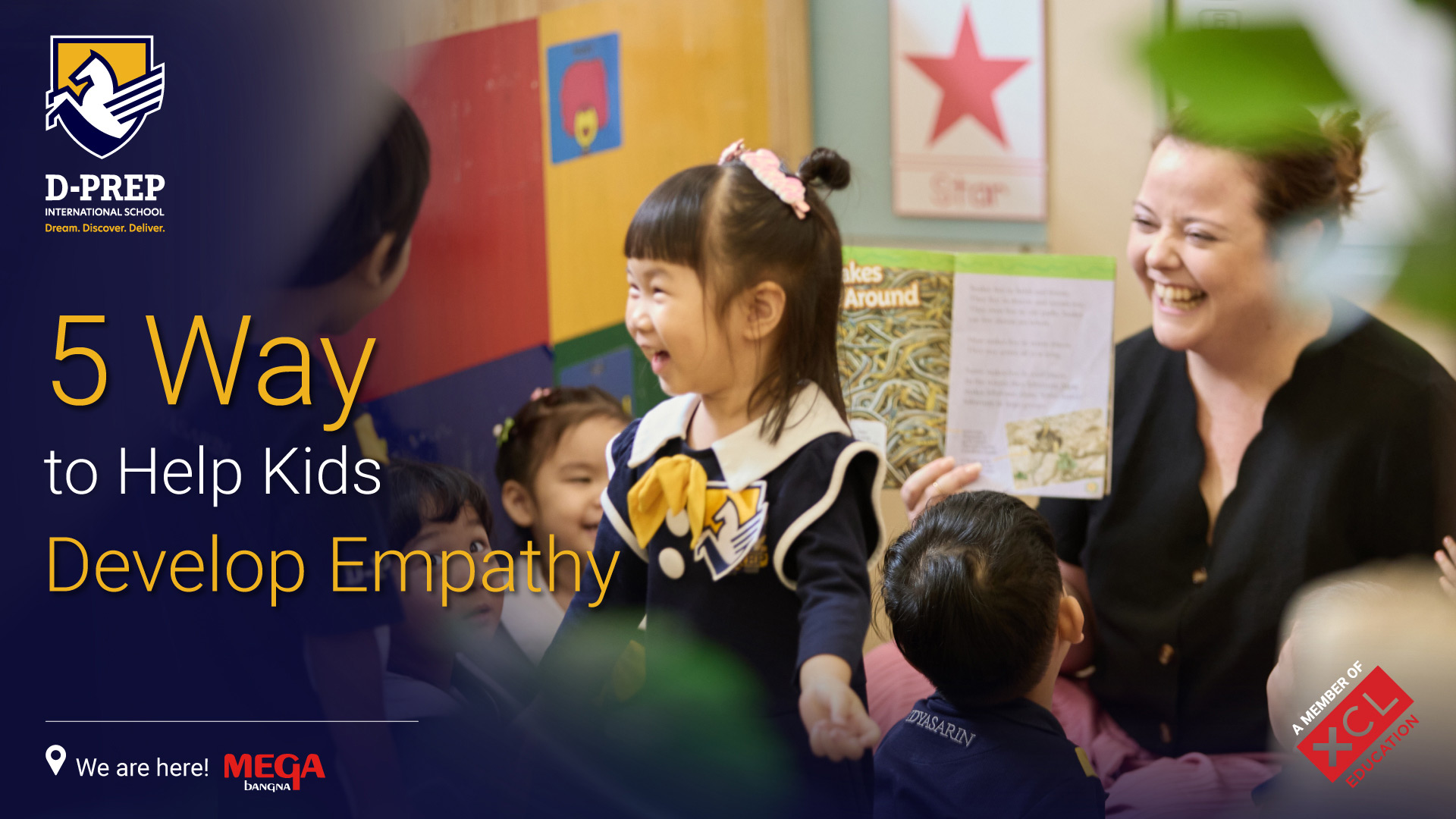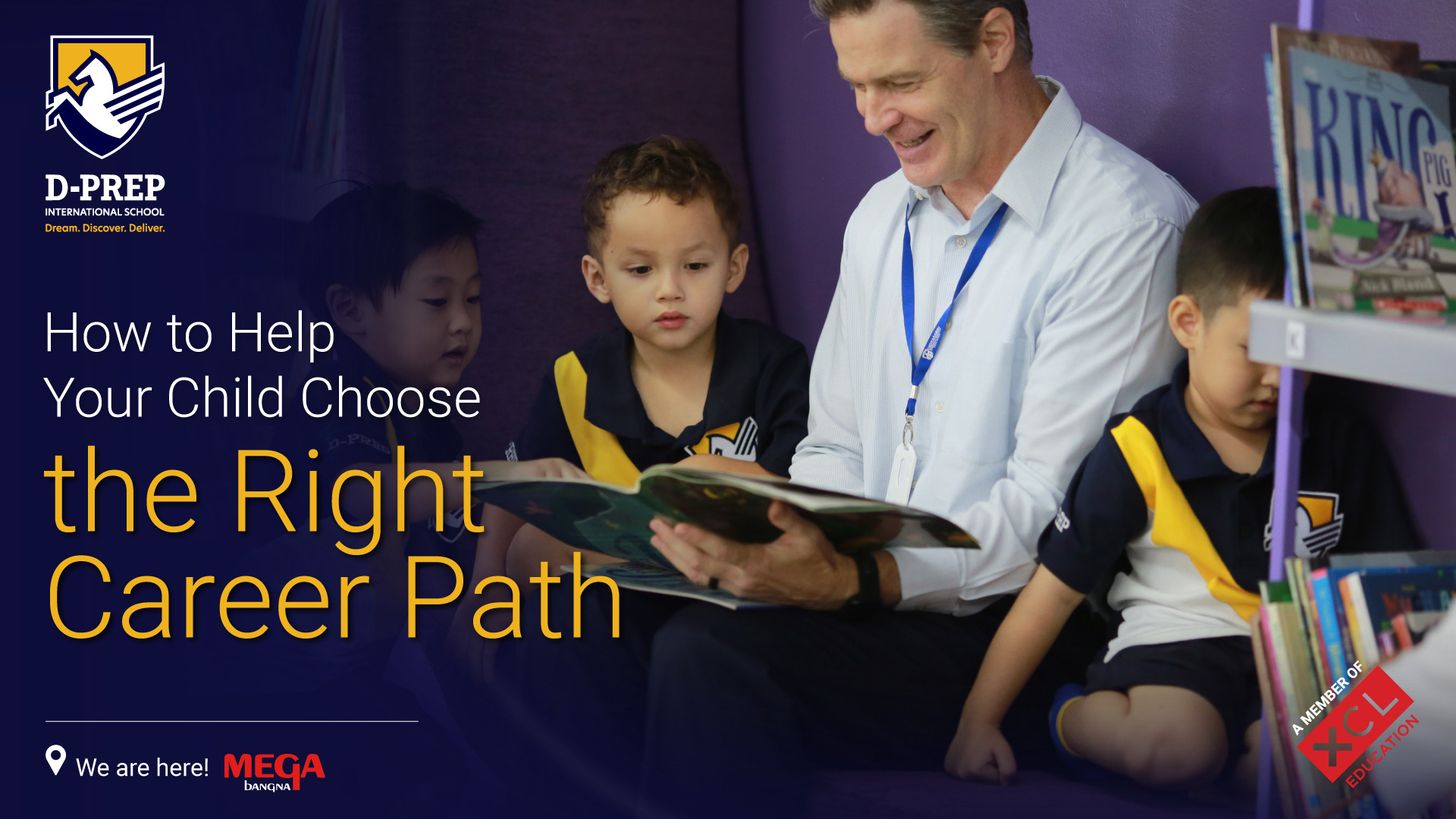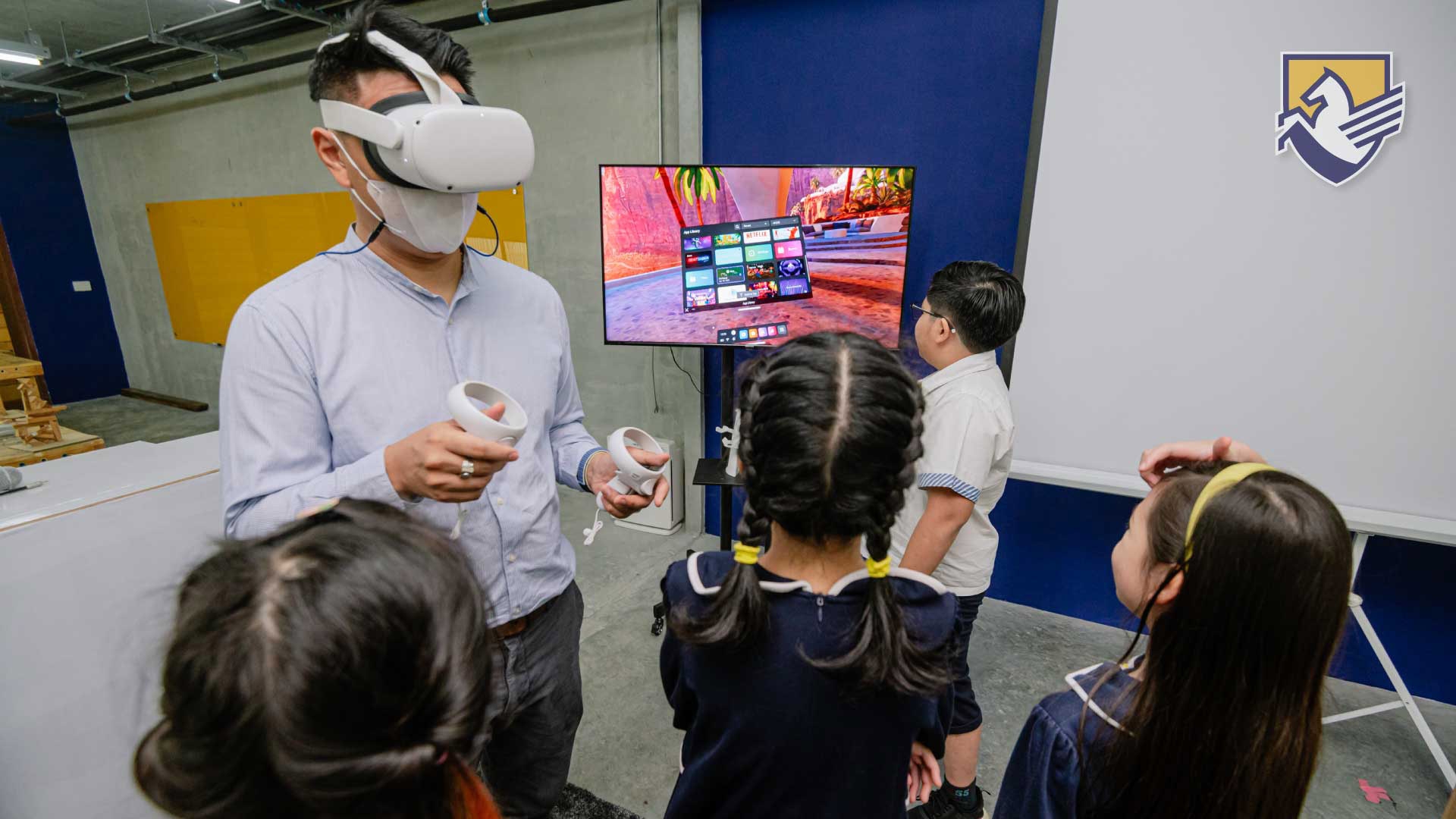As parents and educators, we often hear the term “creative thinking” thrown around as a valuable skill for children to develop. But what exactly is creative thinking, and why is it so important?
In this article, we’ll explore the definition of creative thinking, its benefits, and provide some tips and activities to help foster this skill in children.
What is Creative Thinking?
Creative thinking is the ability to come up with new ideas, solve problems in innovative ways, and think outside the box. It involves using the imagination to generate original concepts and perspectives, as well as the ability to critically analyze and evaluate information.
Why is Creative Thinking Important for Children?
Creative thinking is a valuable skill for children to develop because it helps them to become more adaptable and flexible in their thinking. In an increasingly complex and rapidly changing world, children who can think creatively are better equipped to face challenges and find solutions. Creative thinking also fosters a sense of curiosity and wonder, which can lead to a lifelong love of learning.
How to Encourage Creative Thinking in Kids

There are many ways parents and educators can encourage creative thinking in children. Here are some tips:
- Provide opportunities for open-ended play: Open-ended play allows children to use their imaginations to come up with their own rules and ideas. Examples include building with blocks, playing dress-up, or creating with art supplies.
- Encourage questions: Children are naturally curious, and asking questions is a great way to stimulate creative thinking. Encourage children to ask questions and explore topics that interest them.
- Allow for risk-taking: Encourage children to take risks and try new things. This can help them to develop confidence in their abilities and to see failure as an opportunity for learning and growth.
- Offer a variety of experiences: Exposure to new experiences and ideas can help to broaden a child’s perspective and spark creativity. Examples include visiting museums, attending cultural events, or trying a new hobby.
5 Creative Thinking Activities for Students

At D-PREP International School, we prioritize hands-on learning and promote creative thinking in students. The school’s curriculum, which promotes experiential learning, is designed to engage students in authentic, real-world experiences that challenge them to think critically and creatively.
Here are some activities we use to guide our students into thinking creatively:
1. Play-based learning
In play-based learning, children are engaged in hands-on, child-led activities that are designed to be both fun and educational. D-PREP’s play-based learning takes on many different forms, including free play, structured play, and guided play. We also have an area called the Lightroom which is specifically designed for our early-year students to explore different toys, textures, sounds, etc. In the Lightroom, early-year students learn using the Reggio Emilia approach and are encouraged to think outside the box.
2. Role-playing
In role-playing activities, our teachers assign students roles in a scenario and have them act out the situation. For example, they could be business owners negotiating a deal or politicians debating a policy. By putting themselves in other people’s shoes, students develop empathy and perspective-taking skills.
3. Art projects
Art projects encourage children to create art using a variety of materials and techniques. It challenges students to think outside the box and make decisions about what colors to use, materials to choose, and how to arrange them in a way that conveys their message. In D-PREP, we encourage students to use art as a creative outlet, think creatively, and express their emotions.
4. Fieldwork (Learning outside the classroom)
As an experiential learning school, D-PREP holds many fieldwork activities for students in all grade levels. Fieldwork is a great way to develop creative thinking in children because it encourages them to explore and make connections between different subjects and concepts. When children engage in fieldwork, they are given the opportunity to learn through real-world experiences and apply their knowledge to new and unfamiliar situations.
5. Design Thinking Challenge
Design Thinking Challenge goes hand-in-hand with our fieldwork activities. After exposing the students to real-world experiences, they are then given a design challenge to solve. One example of this was when the middle school students experienced working with Bangkok Community Help, an NGO that helps the homeless in Bangkok. After their fieldwork, they then came up with their own NGO called Fresh Hope Foundation, where they raised funds and donated them to Duang Prateep Foundation.
Creative thinking is an important skill for children to develop. By providing opportunities for open-ended play, encouraging questions, allowing for risk-taking, offering a variety of experiences, and engaging in creative thinking activities, parents and educators can help foster this skill in children.
In D-PREP, students are encouraged to explore their interests and passions and to take ownership of their learning through self-directed projects and initiatives. Our approach to education fosters a love of learning, a sense of curiosity, and a desire to make a positive impact in the world.
If you are interested in visiting the school, please contact
Address :
D-PREP International School
38, 38/1-3, 39, Moo 6,
Bangna Trad Rd., Km. 8,
Bang Kaeo, Bang Phli District,
Samut Prakan, Thailand 10540
Email: info@lady
Google Map: https://info.dprep.ac.th/directions
Tel: 02-105-1757, 082-1515922
Website : www.dprep.ac.th
Facebook: DprepSchool
Line: @d-prep
IG : @dprepschool






